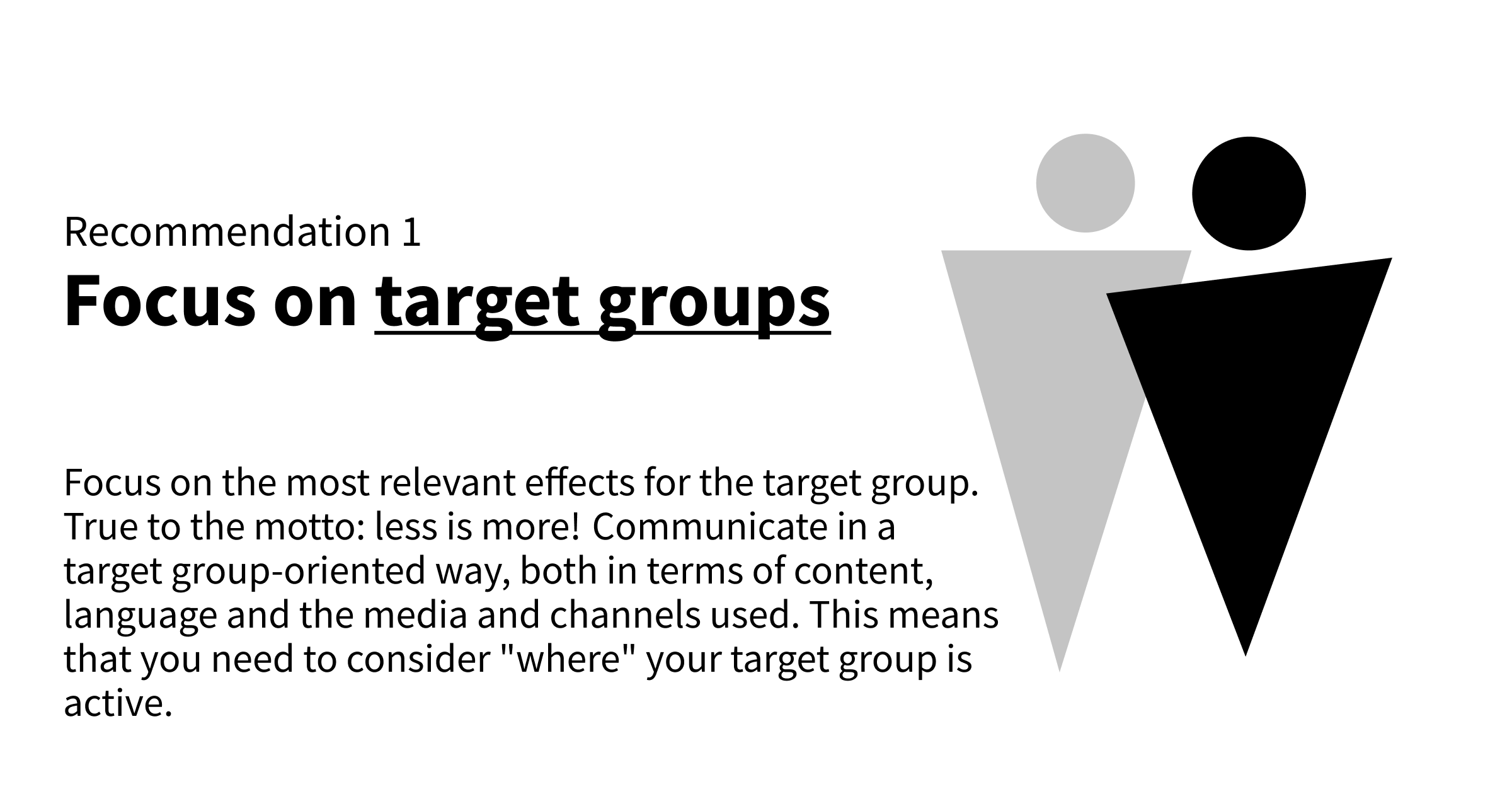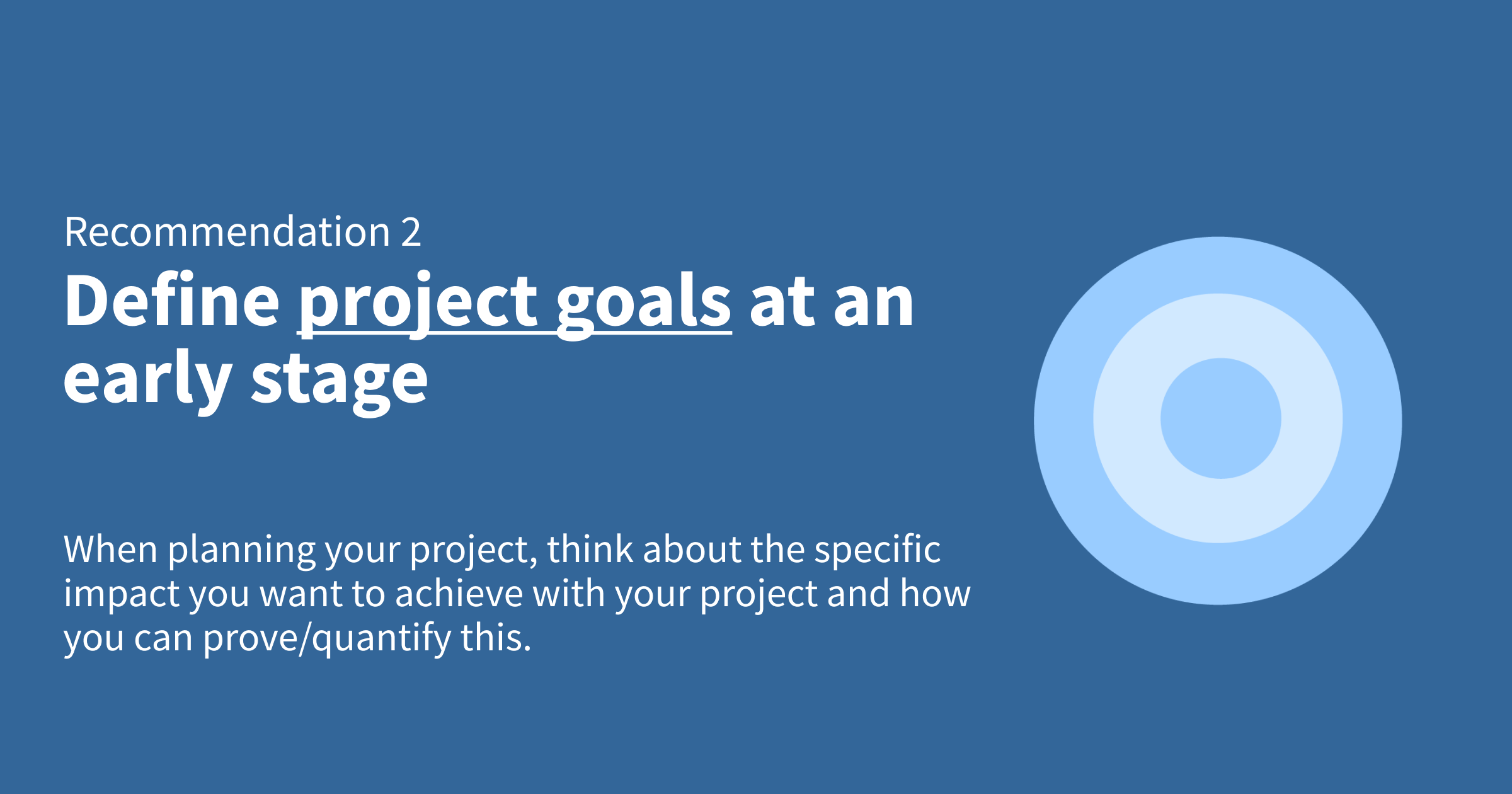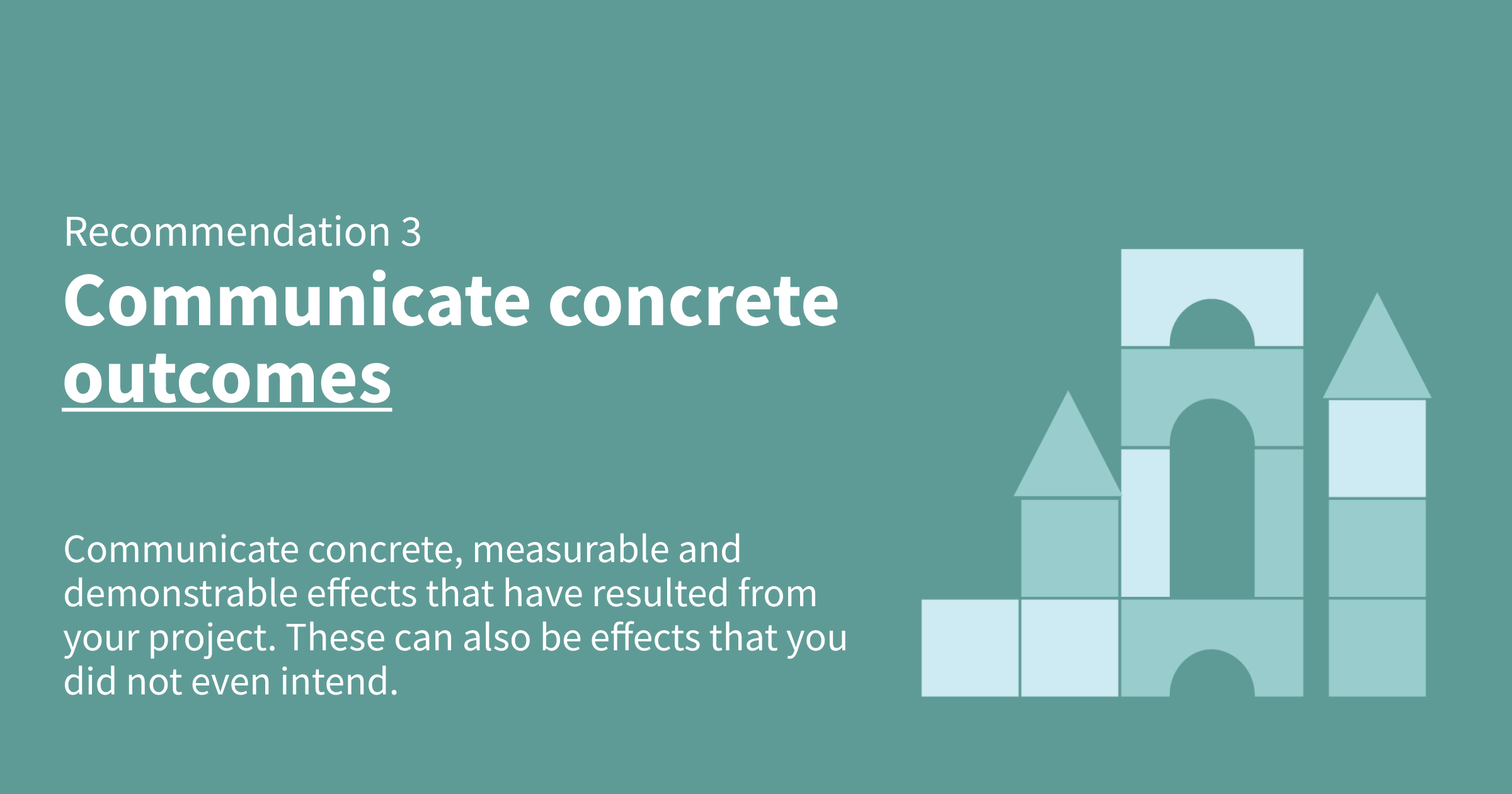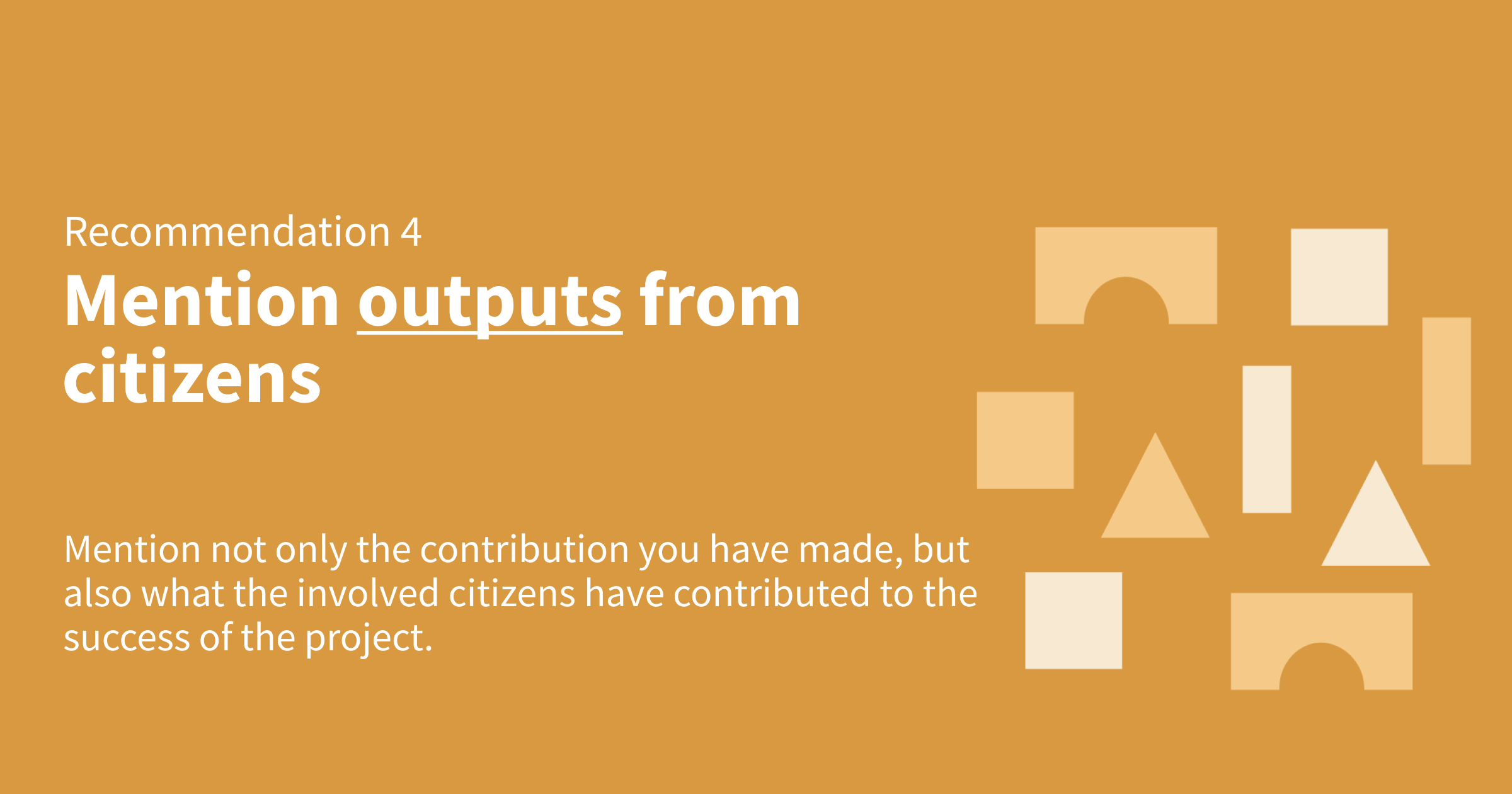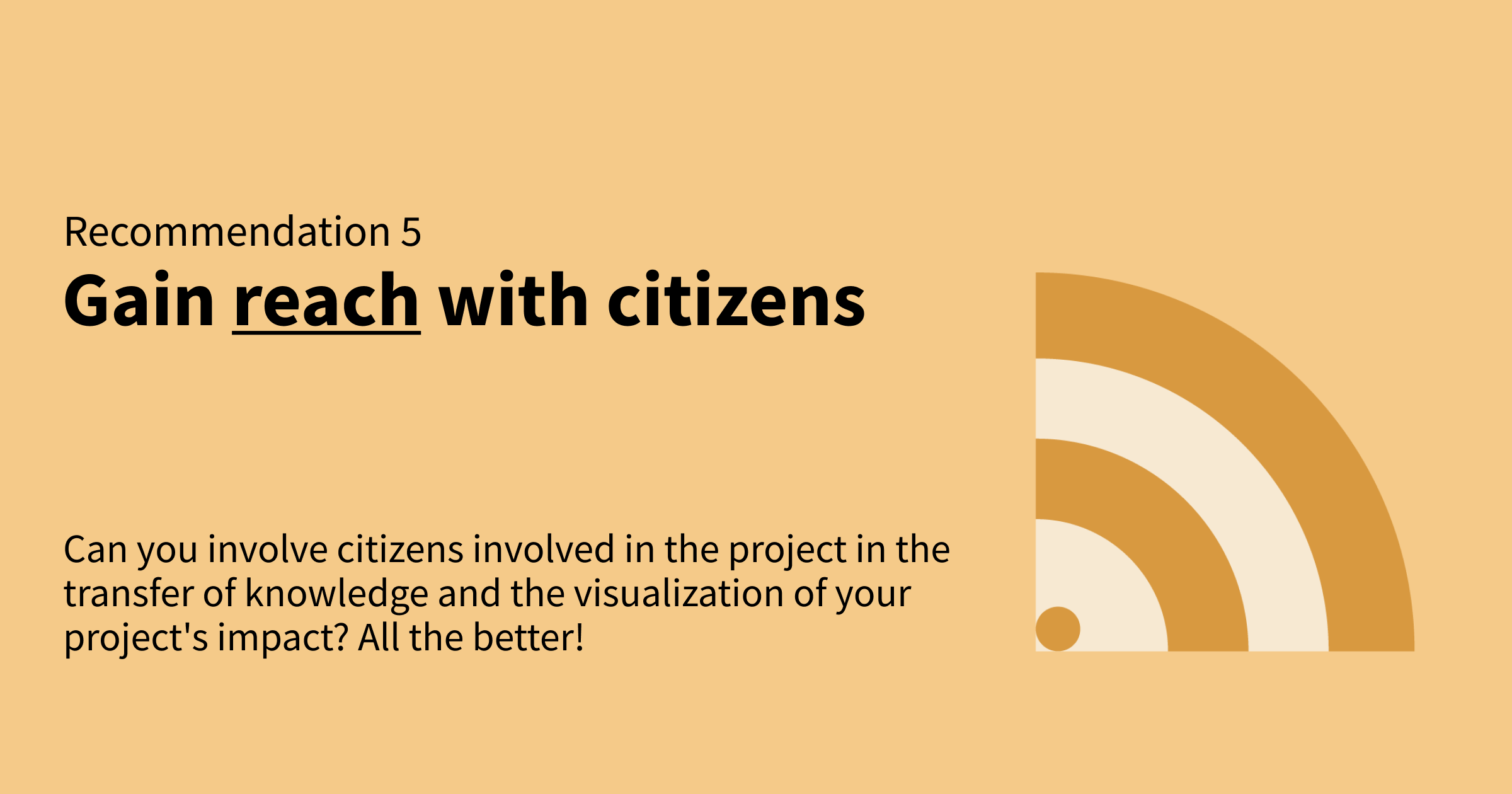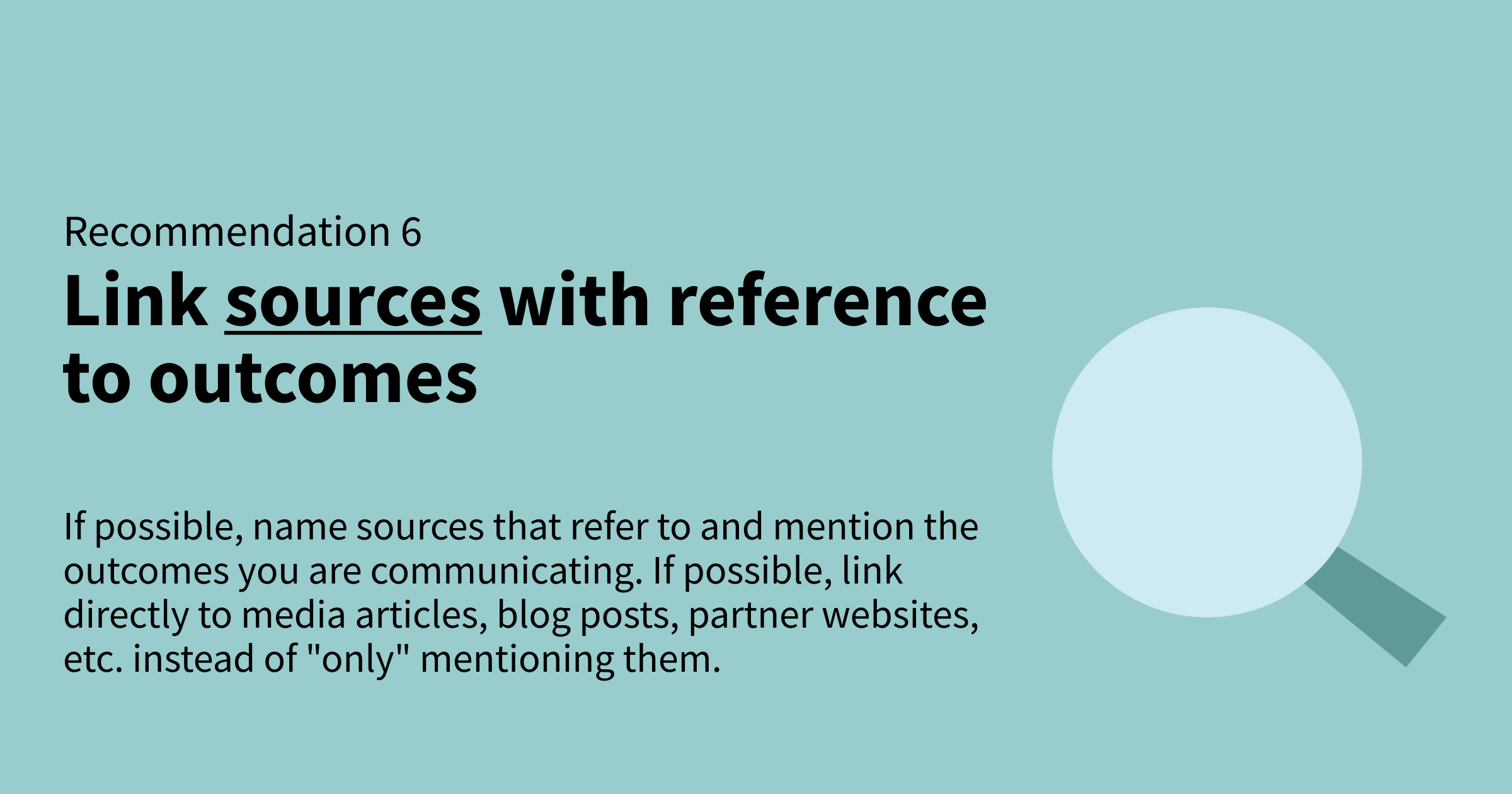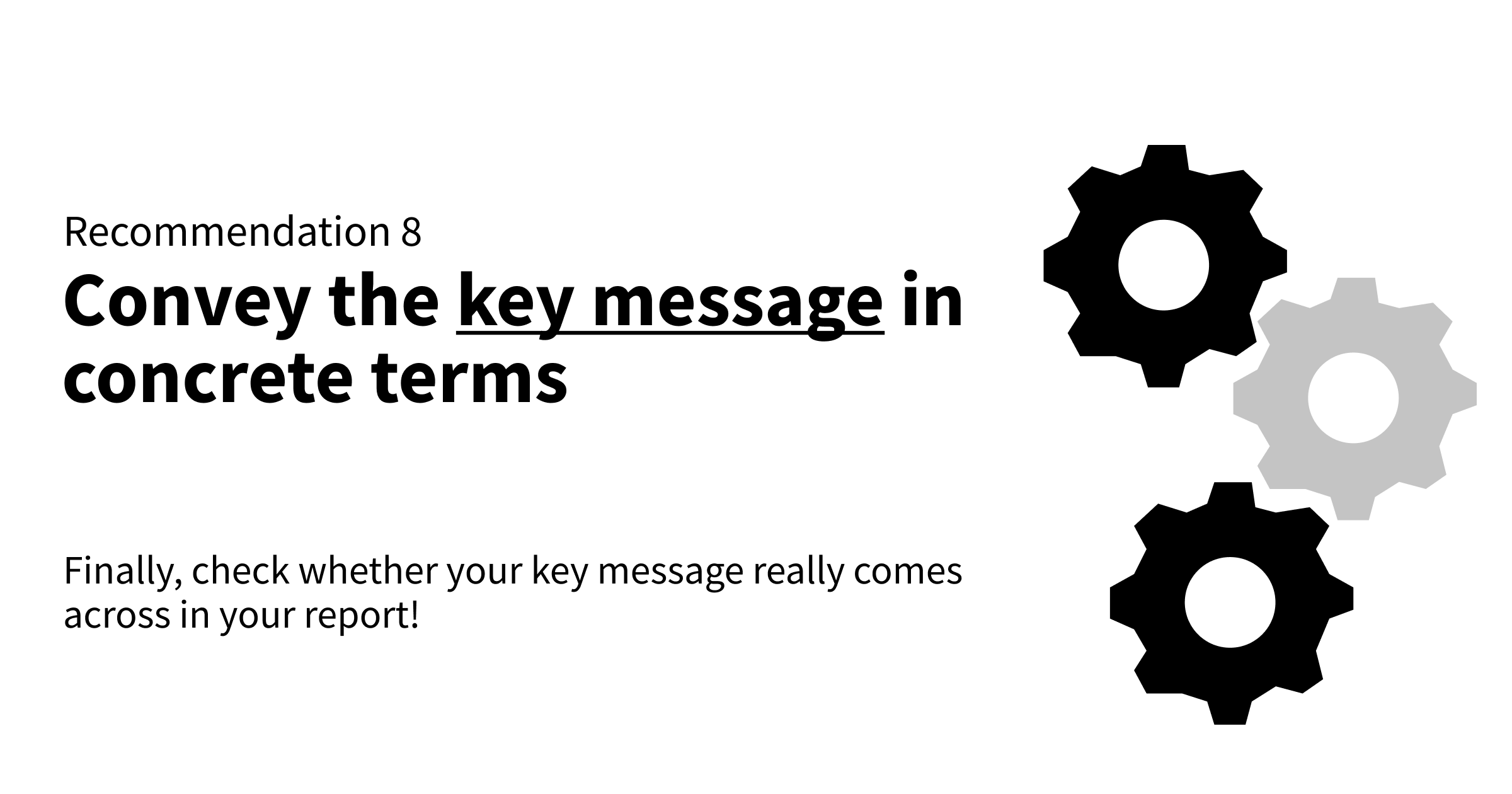Name and visualize impact with our Impact Narrative
Citizen Science projects have all the same cause: they want to achieve impact. But what is impact and how can project organizers name it in a project-specific way and make it visible to the target group? As part of a workshop at CitSci Helvetia '23 in Solothurn, Citizen Science Zurich addressed the topic of impact. This resulted in a template that helps project organizers to better understand and communicate the impact of their project.
Authors: Olivia Höhener, Alessandro Rearte
Illustrations: Ursina Roffler
Naming and visualizing impact is challenging. Particularly at the impact level - i.e. when an effect is to be achieved at a societal level or in local ecosystems - concrete results can usually only be measured years later. As a result, project descriptions and funding applications quickly fall back on buzzwords such as "sustainability", "empowerment" or "community building". The advantage? The buzzwords sound good and are universally known, so they don't need any further underpinning. The disadvantage? The wording remains vague, raises a wide range of unspoken expectations and, at the end of the project, it is difficult to say whether the goals have been achieved or what contribution the project has made. What makes communication easier in the short term makes it more difficult to produce well-founded reports once the project has been completed. But how can the impact of research be identified and measured? How can the impact of a project be made visible and communicated well? And how can success stories be told?
Our template provides valuable support
With our Impact Narrative template, we want to raise awareness of the diverse impacts of Citizen Science and support project organizers in communicating these in a concise and target group-specific manner. After all, every Citizen Science project has an impact on different levels and for different groups of people! For the scientific community, other goals or areas of impact have priority than for citizens, non-governmental organizations or funding foundations involved.

Important: Our template is intended as a support and should make it easier for you to collect and organize all statements and facts. On page one of the document (in color) you will therefore find an explanatory helper text and an example for each box. Page two of the document (in black and white) is for you to fill in. You may not be able to clearly separate the contents of all the boxes. Do not let this unsettle you.
We recommend the following for filling out the template:
- Target Audiences: Focus on the most relevant effects for the target group. True to the motto: less is more! And communicate in a target group-oriented way, both in terms of content, language and the media and channels used. This means that you need to think about "where" your target group is active.
- Project Objectives: When planning your project, think about the specific impact you want to achieve with your project and how you can quantify it.
- Outcomes: Communicate concrete, measurable and demonstrable effects resulting from your project.
- Outputs: Mention not only what contribution you have made, but also what citizens involved have contributed to the success of the project!
- Application / Reach: Can you involve citizens participating in the project in making the impact of your project visible? All the better!
- Document / Source: If possible, name sources that refer to and mention the outcomes you are communicating. If possible, link directly to media articles, blog posts, partner websites, etc. instead of "only" mention them.
- Outlook: An outlook always indicates the sustainability of a project. Not only in an ecological sense, but also in a social sense. What structures have been created that will last beyond the duration of the project? Which services will be taken over and continued by third parties?
- Key Message: Finally, check whether your key message really comes across in your report!
The cornerstone of our template
For our template for the impact narrative, we looked at the work of Giovanna Lima and Sarah Bowman (Trinity College Dublin) and Wehn, U., Gharesifard, M., Ceccaroni, L. et al. (MICS). In addition, we base our template on the I-O-O-I impact logic used by Dr. Urs Müller in the workshops on impact-oriented project planning. To use the template, we therefore recommend that you familiarize yourself with the common terms of impact logic.
We revised the template based on the feedback from the workshop mentioned at the beginning of this article, "Big words, big impact? Naming impact and making it visible" at CitSci Helvetia '23 in Solothurn. We would like to take this opportunity to thank everyone for their participation in the workshop!
Link to the Impact Narrative template
